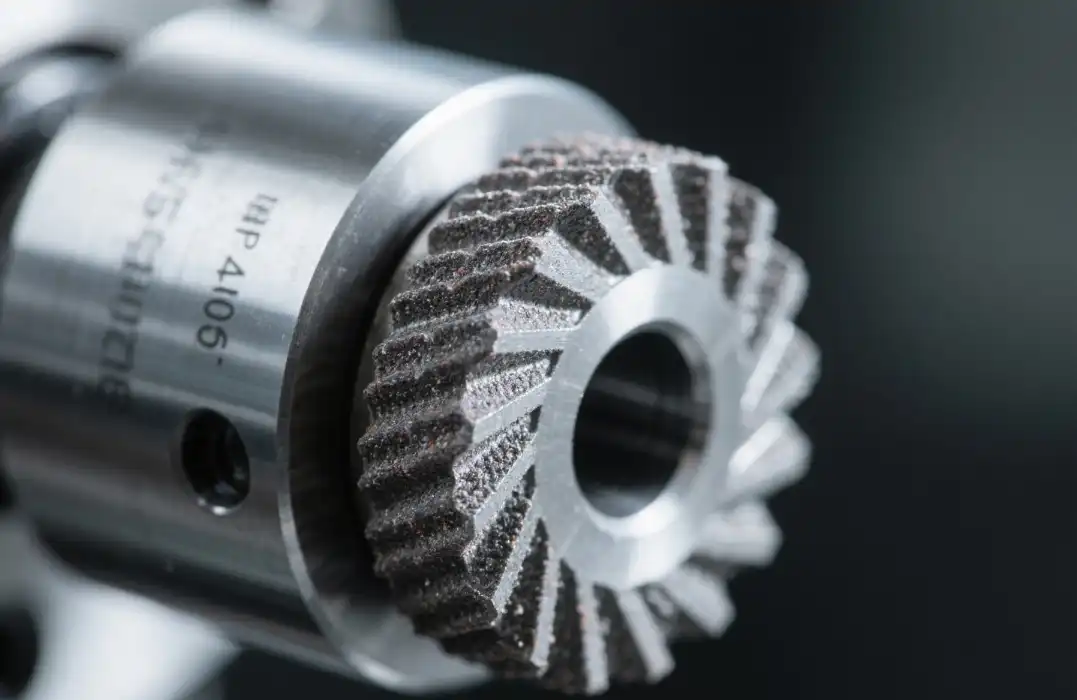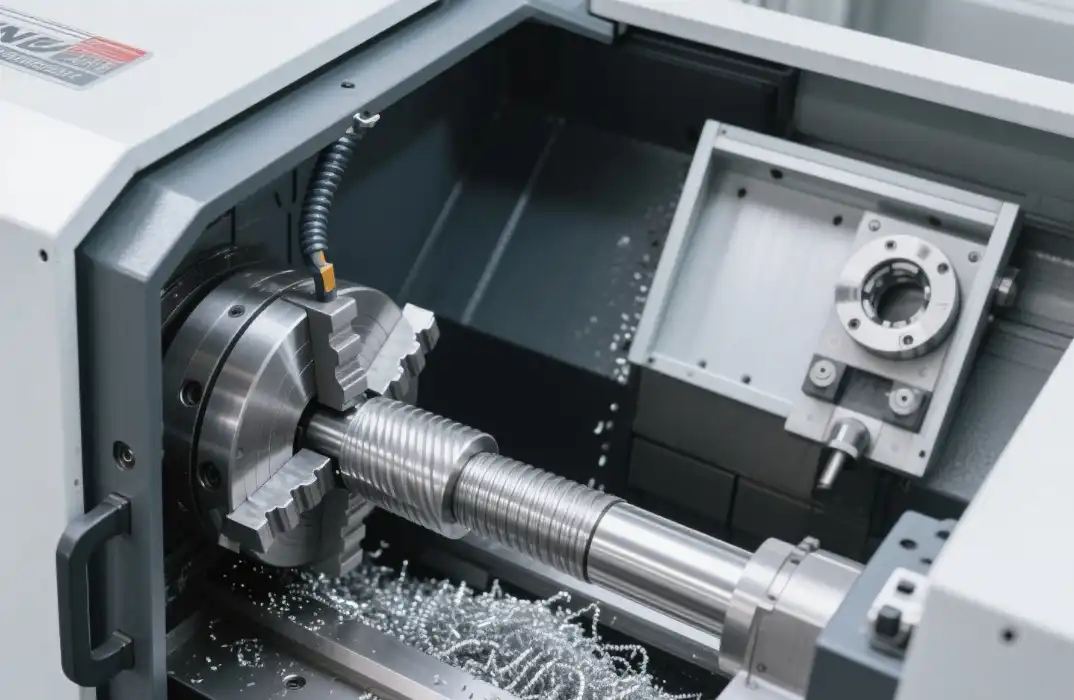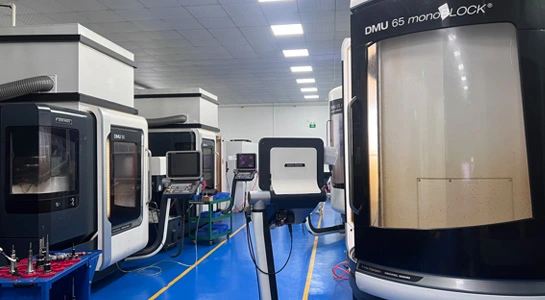How to Leverage Low-Volume Manufacturing for Market Success?
Low-volume manufacturing is a game-changer for businesses looking to gain a competitive edge in today's fast-paced market. By leveraging this approach, companies can quickly bring innovative products to market, test consumer demand, and refine designs without the high costs and risks associated with mass production. This strategy allows for greater flexibility, faster time-to-market, and the ability to iterate based on real-world feedback. Whether you're a startup launching a new product or an established company exploring niche markets, low-volume manufacturing can be the key to unlocking market success. By embracing this agile production method, businesses can stay ahead of the curve, respond swiftly to market changes, and ultimately drive growth in an increasingly competitive landscape.
Understanding the Power of Low-Volume Manufacturing
Defining Low-Volume Manufacturing
Low-volume manufacturing, also known as small-batch production, is a flexible manufacturing technique designed for producing limited quantities of products. This method bridges the gap between prototyping and mass production, allowing companies to create anywhere from a few dozen to several thousand units. Unlike traditional mass production, low-volume manufacturing emphasizes agility and customization, making it ideal for businesses looking to test markets, launch niche products, or maintain a lean inventory.
Key Advantages for Market Success
The benefits of low-volume manufacturing extend far beyond just production numbers. This approach offers significant advantages that can directly contribute to market success. Reduced upfront costs allow companies to allocate resources more efficiently, while shorter lead times enable quicker responses to market demands. Additionally, the ability to make rapid design iterations based on real-world feedback can lead to superior product quality and enhanced customer satisfaction. These factors combine to create a powerful tool for businesses aiming to establish a strong market presence.

Industries Benefiting from Low-Volume Production
While low-volume manufacturing has applications across various sectors, certain industries find it particularly beneficial. Medical device manufacturers leverage this approach to produce specialized equipment and personalized medical solutions. The aerospace industry utilizes low-volume production for creating complex, high-value components. Consumer electronics companies often use this method to test innovative gadgets before full-scale production. Understanding how different industries apply low-volume manufacturing can provide valuable insights for businesses looking to adopt this strategy for market success.
Strategies for Implementing Low-Volume Manufacturing
Choosing the Right Manufacturing Process
Selecting the appropriate manufacturing process is crucial for successful low-volume production. Various techniques such as CNC machining, 3D printing, injection molding, and vacuum casting each have their strengths and are suited to different types of products and materials. For instance, CNC machining excels in producing precise metal parts, while 3D printing offers unparalleled design flexibility for plastic components. Carefully evaluating these options based on factors like material requirements, design complexity, and production volume is essential for optimizing your low-volume manufacturing strategy.
Optimizing Design for Low-Volume Production
Effective design optimization is key to maximizing the benefits of low-volume manufacturing. This involves considering manufacturability from the early stages of product development. Designers should focus on simplifying part geometries, reducing the number of components, and selecting materials that are well-suited for small-batch production. Additionally, incorporating design features that allow for easy modifications can significantly enhance the flexibility of low-volume manufacturing, enabling quick iterations and customizations as market feedback is received.

Managing Supply Chain and Inventory
Efficient supply chain and inventory management are critical components of successful low-volume manufacturing. Unlike mass production, where economies of scale often dictate large material orders, low-volume production requires a more nuanced approach. Developing strong relationships with suppliers who can accommodate smaller orders and shorter lead times is essential. Implementing just-in-time inventory systems and leveraging digital tools for real-time tracking can help maintain optimal stock levels while minimizing carrying costs. This agile approach to supply chain management ensures that businesses can respond quickly to market demands without tying up excessive capital in inventory.
Leveraging Low-Volume Manufacturing for Market Growth
Testing Market Demand with Minimal Risk
Low-volume manufacturing provides an excellent platform for gauging market interest without the substantial financial commitment associated with mass production. By producing small batches, companies can introduce products to select markets or customer segments, gathering valuable feedback and sales data. This approach allows businesses to assess product-market fit, identify potential improvements, and make informed decisions about scaling production. The ability to test and iterate quickly reduces the risk of large-scale market failures and enables companies to fine-tune their offerings based on real consumer insights.
Customization and Personalization Opportunities
In an era where consumers increasingly value unique and personalized products, low-volume manufacturing offers a competitive advantage. This production method allows for greater customization and the creation of limited edition or bespoke items. By leveraging technologies like 3D printing and CNC machining, businesses can offer tailored solutions that cater to specific customer needs or preferences. This level of personalization not only enhances customer satisfaction but also opens up new market segments and revenue streams, potentially leading to higher profit margins compared to mass-produced alternatives.

Rapid Market Entry and Adaptation
The agility afforded by low-volume manufacturing is particularly valuable in fast-moving markets. This approach enables companies to quickly bring new products to market, capitalizing on emerging trends or addressing sudden shifts in consumer demand. Moreover, the flexibility of small-batch production allows for rapid adjustments based on market feedback or changing conditions. Whether it's tweaking product features, updating designs, or pivoting to new market segments, low-volume manufacturing provides the nimbleness needed to stay ahead of competitors and maintain market relevance in dynamic business environments.
Conclusion
Low-volume manufacturing presents a powerful strategy for businesses aiming to achieve market success in today's dynamic business landscape. By embracing this approach, companies can reduce risks, accelerate time-to-market, and respond more effectively to consumer needs. The flexibility and cost-effectiveness of low-volume production enable businesses to innovate continuously, test new ideas, and refine products based on real-world feedback. As markets continue to evolve rapidly, the ability to leverage low-volume manufacturing may well be the key differentiator between companies that thrive and those that struggle to keep pace with change.
FAQs
What is the typical production volume for low-volume manufacturing?
Low-volume manufacturing typically ranges from 10 to 1,000 units, but can vary based on specific needs and industries.
How does low-volume manufacturing compare to mass production in terms of cost?
While unit costs may be higher, low-volume manufacturing often has lower upfront tooling costs and offers greater flexibility.
Can low-volume manufacturing handle complex product designs?
Yes, many low-volume manufacturing methods, such as CNC machining and 3D printing, are well-suited for complex designs.
How to Leverage Low-Volume Manufacturing for Market Success? | BOEN
At BOEN, we specialize in turning your low-volume manufacturing needs into market success. Our expertise spans various industries, offering high-quality prototyping and production services. Whether you need CNC machining, rapid injection molding, or 3D printing, our team ensures fast turnaround times and superior quality. Let us help you bring your innovative ideas to market quickly and efficiently. For expert low-volume manufacturing solutions, contact us at contact@boenrapid.com.
References
Smith, J. (2022). The Rise of Low-Volume Manufacturing in Modern Industry. Journal of Manufacturing Innovation, 15(3), 123-135.
Brown, A. & Lee, S. (2021). Market Strategies for Small-Batch Production. Harvard Business Review, 99(4), 78-89.
Johnson, R. (2023). Customization and Personalization: The Future of Manufacturing. MIT Technology Review, 126(2), 45-52.
Zhang, L. et al. (2022). Supply Chain Optimization for Low-Volume High-Mix Production. International Journal of Production Economics, 234, 108019.
Davis, M. (2021). Agile Manufacturing: Responding to Market Demands. Manufacturing Engineering, 166(5), 27-33.
Wilson, K. & Thompson, E. (2023). Low-Volume Manufacturing: A Catalyst for Innovation. Industrial Research Institute Research-Technology Management, 66(1), 32-39.

How Can We Help?

Your Trusted Partner in Rapid Manufacturing.



